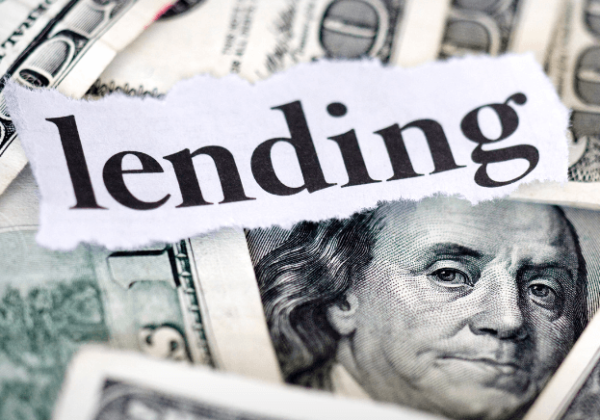
Advertisements
Consumer lending plays an essential role in the modern financial sector by allowing individuals to access funds for various personal needs and purposes.
Whether purchasing a car, renovating a home, covering medical expenses, or simply managing day-to-day expenses, consumer lending offers a convenient and flexible solution.
In this article, we will explore the meaning of consumer lending, the types of consumer lending, and also the reasons why people often turn to it for their financial needs. Read on!
What is Consumer Lending?
Consumer lending refers to providing individuals with financial credits in the form of loans or credit, majorly for personal or household purposes rather than business ventures.
Advertisements
It involves lending institutions, such as banks, credit unions, and online lenders, extending loans to consumers who meet specific eligibility criteria. These loans are typically unsecured, meaning they do not require collateral to obtain them.
Types Of Consumer Loans
There are several types of consumer loans available. Some of them are ;
Personal loans
These loans are unsecured, meaning that they do not require collateral. Personal loans can be used for various purposes, from paying for a wedding to consolidating debt.
Auto loans
These loans are specifically designed to buy a car. They are secured, meaning that the car itself serves as collateral for the loan.
Student loans
These loans are used to pay for education expenses, such as tuition, room and board, and textbooks. They can be either federal or private and typically offer flexible repayment terms.
Home equity loans
These loans allow homeowners to borrow against the equity they have built in their homes. The house itself secures the loan and can be used for any purpose.
Why Do People Need Consumer Lending?
Below are the significant reasons people need consumer loans;
- Managing Emergencies and Unexpected Expenses; Whether it’s an urgent medical situation or a sudden home repair, consumer lending can help individuals bridge the gap between their available funds and unforeseen expenses, providing a necessary, safe place.
- Making Major Purchases; Significant purchases, such as a car or a home, often require a substantial amount of money upfront. Consumer lending allows individuals to finance these purchases by spreading the cost over some time. This flexibility enables people to acquire assets that may be difficult to obtain simultaneously.
- Funding Education; Pursuing higher education is a significant investment, and many individuals rely on loans to cover the costs of tuition, textbooks, accommodation, and other related expenses. Consumer lending empowers students to access the education they desire and potentially increase their future earning potential.
- Home Improvements and Renovations: Consumer loans provide homeowners with the financial means to invest in their homes, renovate and create the spaces they envision.
- Consolidating Debt: Individuals may sometimes accumulate multiple debts, such as credit card balances, personal loans, or medical bills, each with different interest rates and repayment terms. Consumer lending offers the possibility of consolidating these debts into a single loan, thereby simplifying the repayment process.
- Building Credit History: Establishing and maintaining a good credit history is essential for future financial endeavors. Consumer lending allows individuals to build their credit profiles by responsibly borrowing and repaying loans. Positive credit history can lead to more accessible access to credit in the future, lower interest rates, and more favorable terms.
Where To Get Consumer Loans
If you wish to access a consumer loan, there are many consumer lenders. They include the following;
- The banks
- Credit unions
- And online lending institutions or platforms.
Categories Of Consumer Lending/Loans
There are basically two categories of consumer loans they include;
- Open-end loans
- And closed-end loans
Open-end Loan
This category of consumer loan is also called revolving credit. This type of loan can be used for any purpose of purchase, but the borrower is expected to pay a certain minimum amount including the interest, in a specific time. In addition, this loan type is unsecured and attracts extra interest if the borrower defaults. A credit card is a typical example.
Closed-end Loan
This is the second category of consumer loans, a secured loan. Here, the loan is used to fund a specific need, and the borrower is expected to make equal payments monthly (installments) until the loan is completely repaid. Unlike the open-end loan, when a borrower defaults, the lender can seize the assets used as collateral.
Do Consumer Loans Require Collateral?
Most consumer loans do not require collateral, while some require. However, whether a consumer loan requires collateral or property documents depends on the consumer loan category. Open-end loans are unsecured, while closed-end loans are secured.
Conclusion
Consumer lending is an integral part of the modern economy, providing people with the financial means to achieve important life goals. However, it’s crucial to use consumer lending very well and only to take on loans that can be repaid timely and comfortably.
We believe that this article was helpful. Feel free to ask questions in the comments section.
Advertisements
